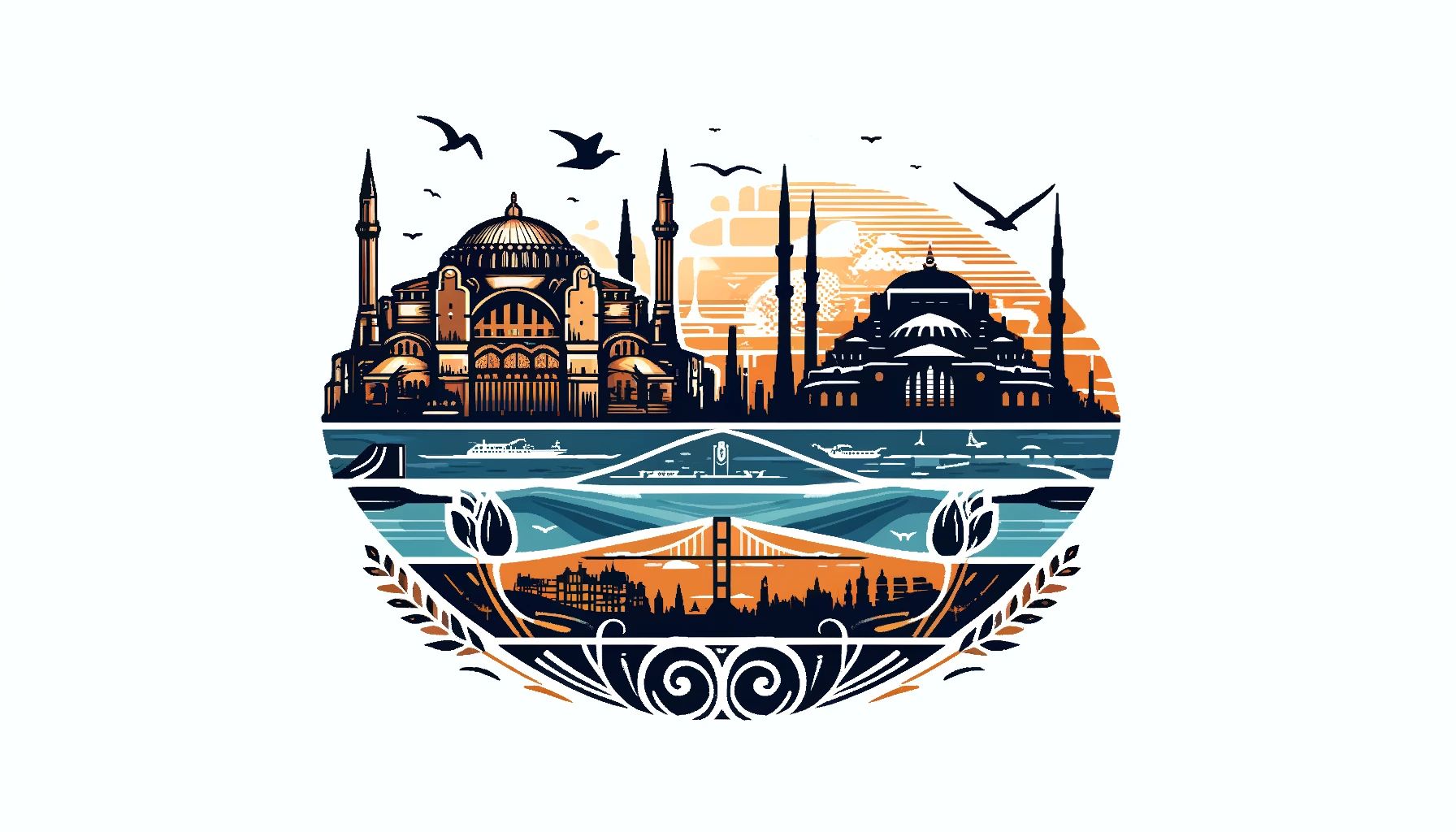
The original Hagia Sophia, also known as the Church Hagia Sophia, was built as a Christian basilica in Constantinople (now Istanbul, Turkey) during Emperor Constantius II's reign.
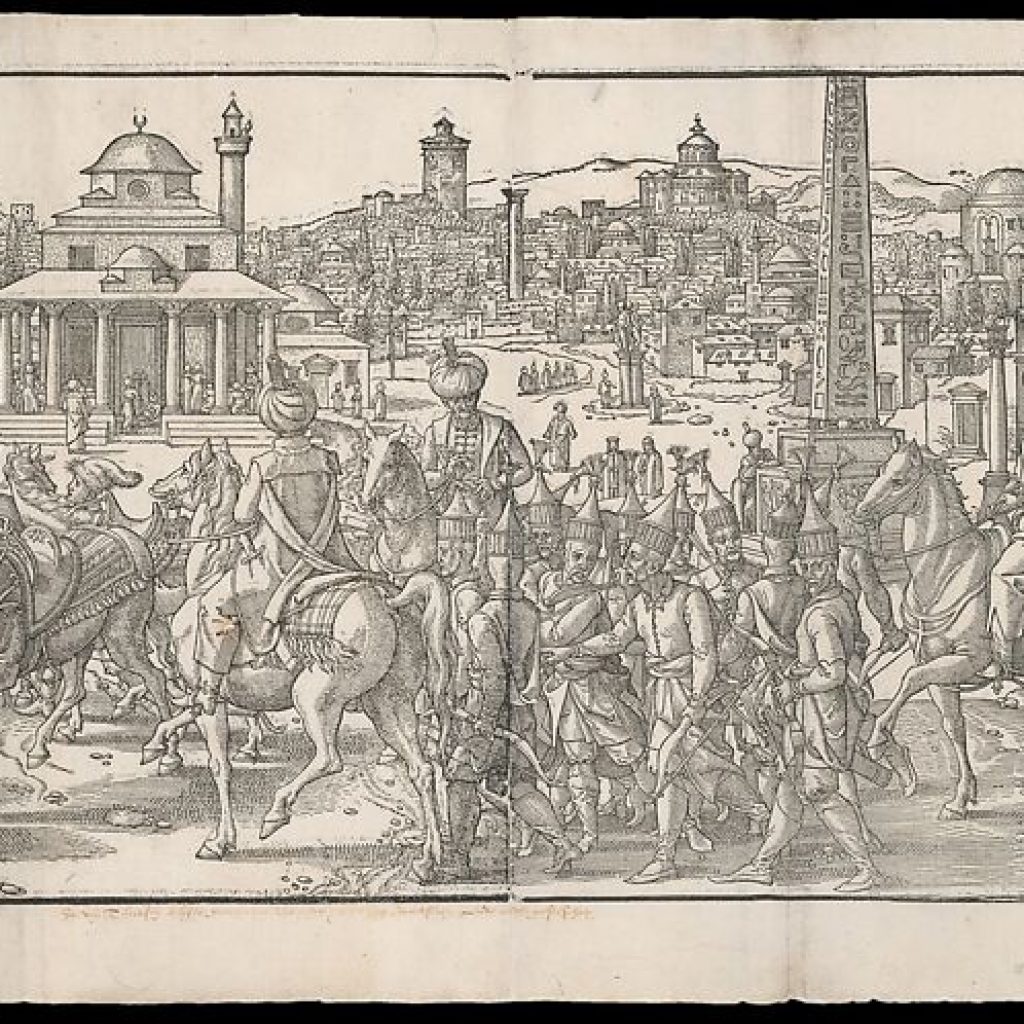
This initial structure was destroyed amidst violent riots, a common fate for the early Hagia Sophia.
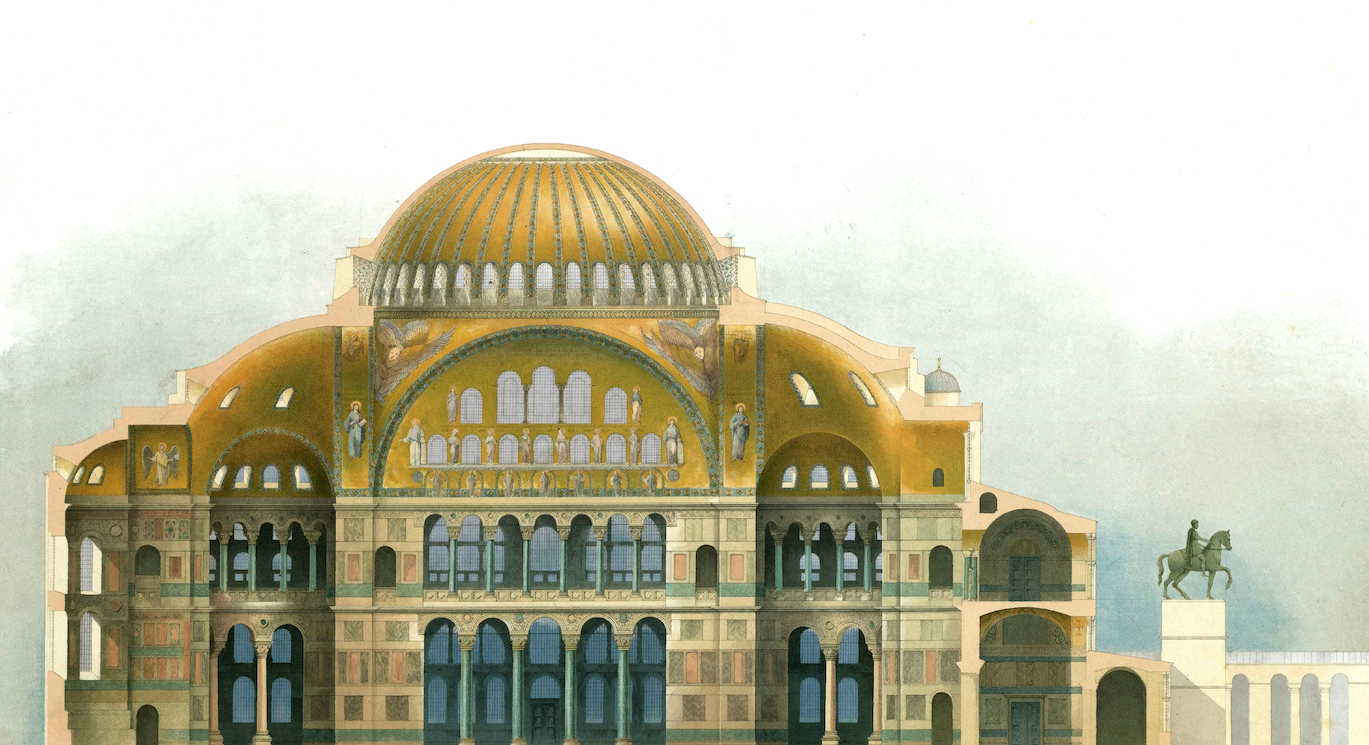
A second iteration of the Hagia Sophia Church was constructed under Emperor Theodosius II, only to be demolished during further riots in 532 AD
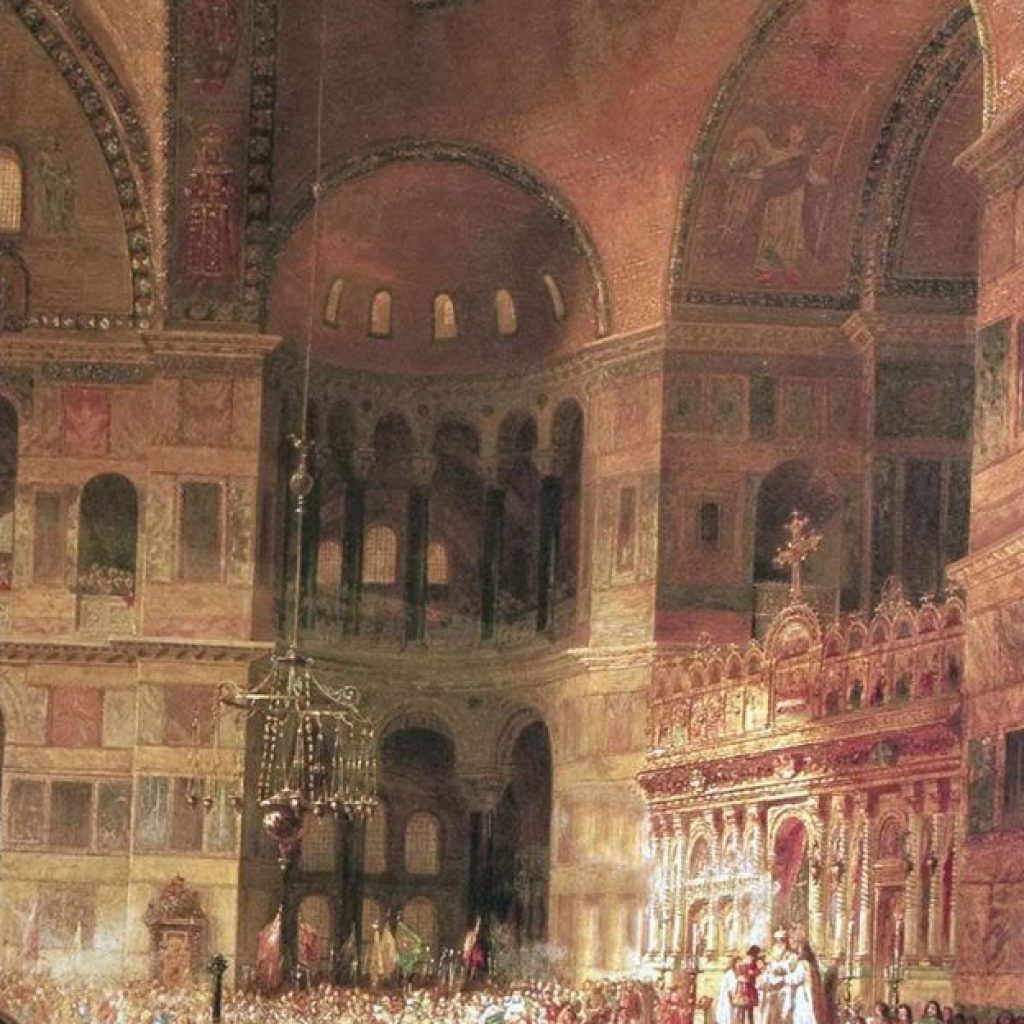
The Hagia Sophia Church Mosque we recognize today was erected by Emperor Justinian I and consecrated in 537 AD. This marked the creation of the third and most magnificent version of the Hagia Sophia.
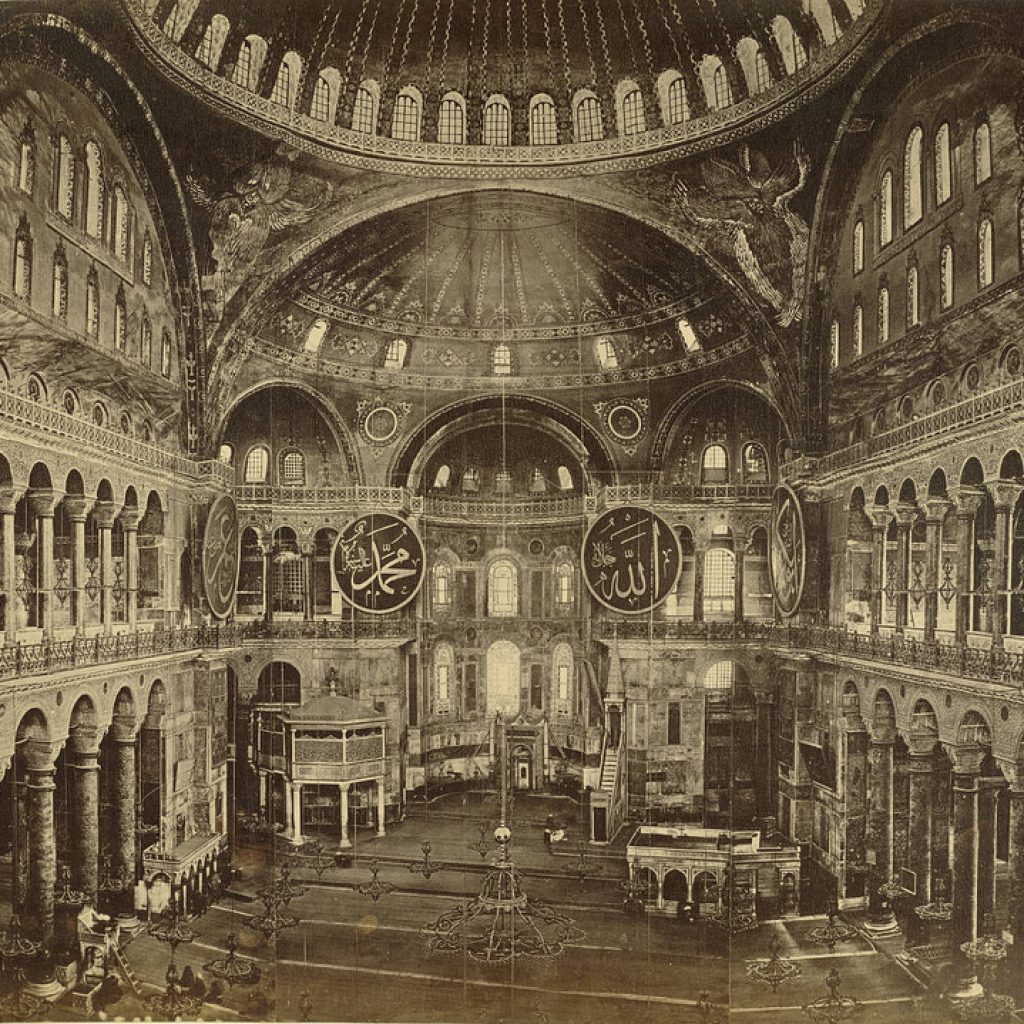
Following the Ottoman conquest of Constantinople, Mehmed the Conqueror converted Hagia Sophia into the Hagia Sophia Masjid, marking its new era as the Mosque of St Sophia.
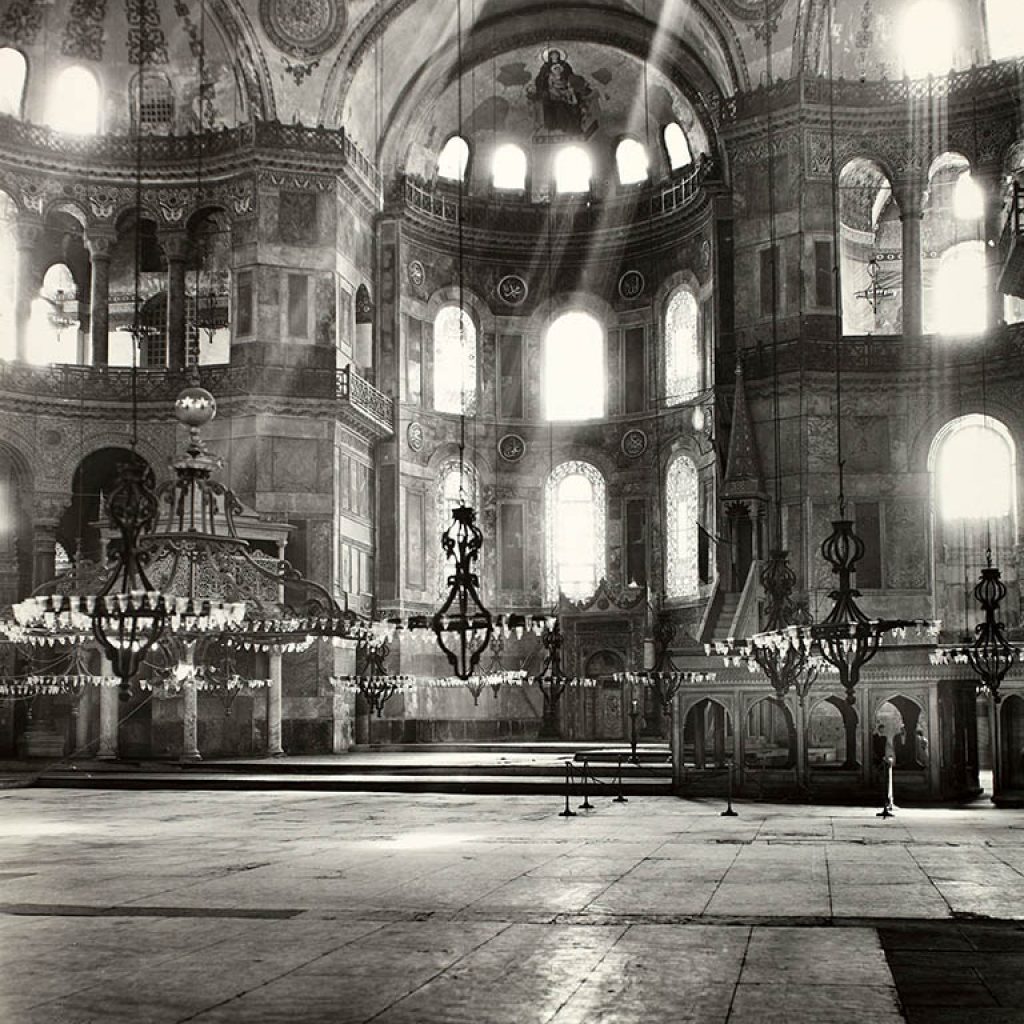
The Turkish government, led by Mustafa Kemal Atatürk, repurposed Hagia Sophia into the Hagia Sophia Museum, highlighting its profound historical and cultural value.

UNESCO designated Hagia Sophia, along with other historical sites, as a World Heritage Site
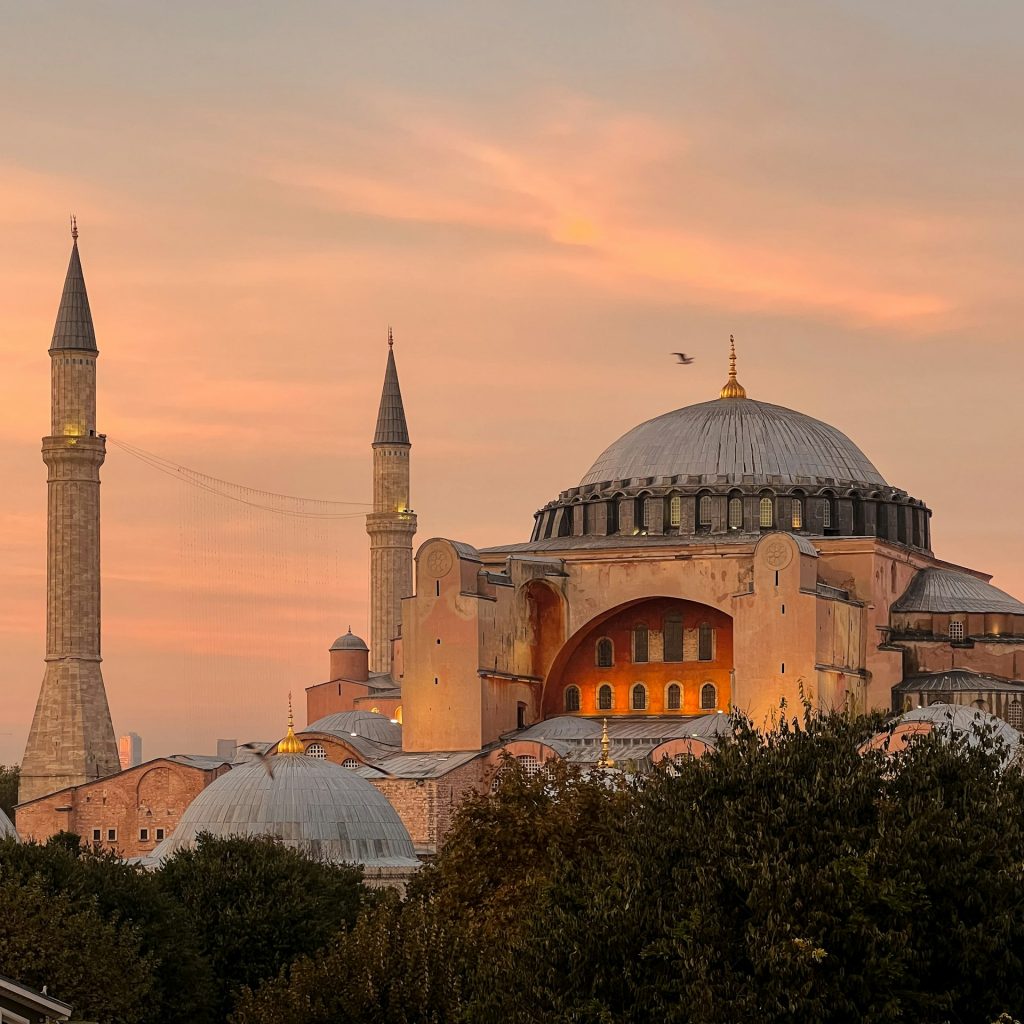
In July 2020, the Hagia Sophia underwent another transformation as the Turkish government reconverted it into the Hagia Sophia Mosque, reigniting global discussions and debates regarding its status.
Originally built during Emperor Constantius II’s reign, the first church was significantly smaller than the present structure. After its destruction in 532 CE, Emperor Justinian I rebuilt Hagia Sophia, laying the foundations for the grand architecture we see today.
For nearly a millennium, Hagia Sophia served as a central place of worship and briefly became a Roman Catholic Cathedral in the 13th century amidst conflicts between Western Catholic and Eastern Orthodox Churches.
Following the Ottoman conquest of Constantinople, Hagia Sophia was transformed into a mosque, known as the San Sophia Mosque, during this period.
Declared a museum by Mustafa Kemal Atatürk in 1935, Hagia Sophia underwent extensive renovations to restore mosaics and enhance its historical elements, reflecting Atatürk’s vision of secular and cultural heritage.
During this time, Hagia Sophia was not only a tourist attraction but also an important site for conservationists and historians. It was recognized as part of the UNESCO World Heritage Site, „Historic Areas of Istanbul,“ in 1985.
In 2020, Hagia Sophia was redeclared a mosque. Today, it remains a significant symbol of the intersection and coexistence of Christianity and Islam, situated in the heart of Sultanahmet Square.
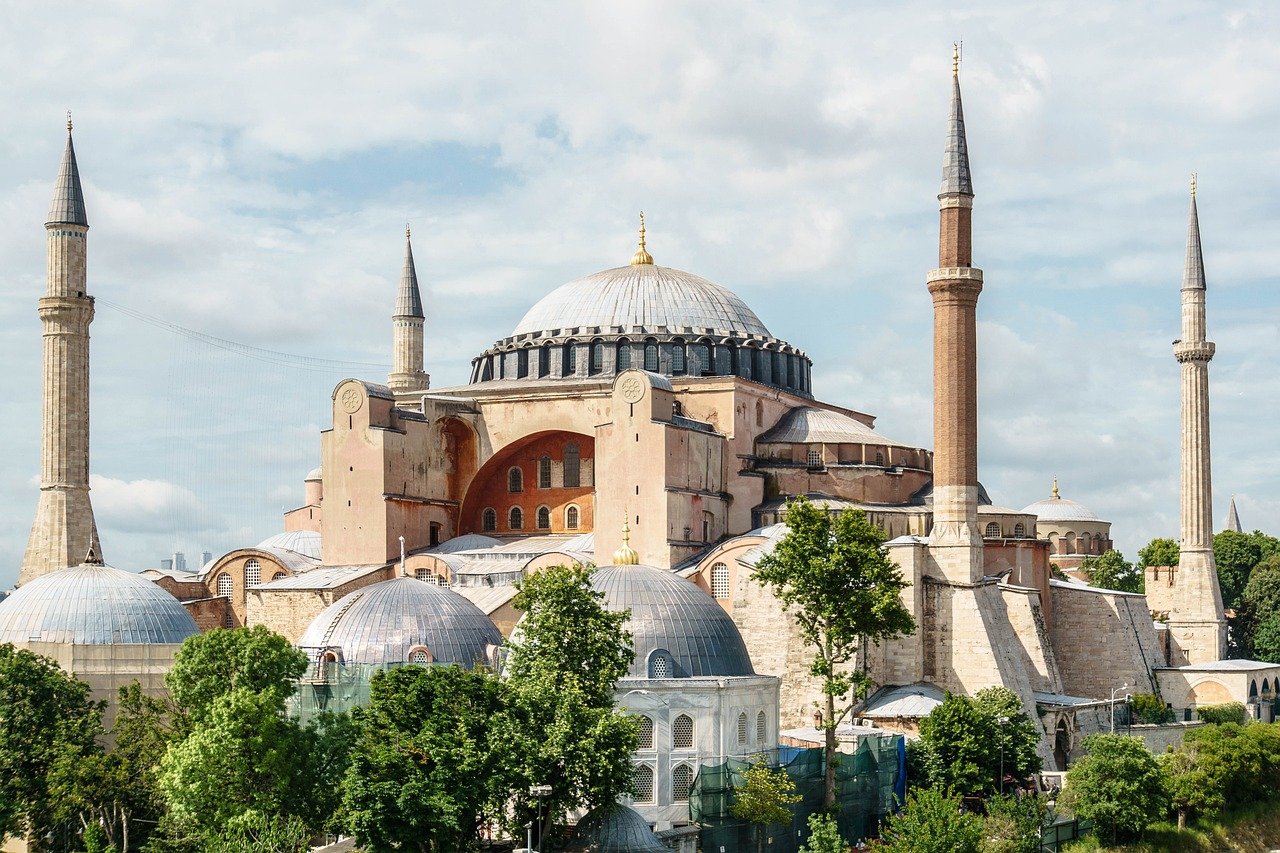
Hagia Sophia's construction was initiated by Emperor Justinian I of the Byzantine Empire in 532 AD and was completed just five years later, in 537 AD. The visionary architects Anthemius of Tralles and Isidore of Miletus were tasked with its design.

Their groundbreaking approach involved creating a vast interior space topped by a large central dome that seemed to hover miraculously above the structure. This dome Hagia Sophia was supported by a sophisticated system of buttresses and piers, integrating additional smaller domes and semi-domes to evenly distribute the enormous weight and ensure the building's stability.
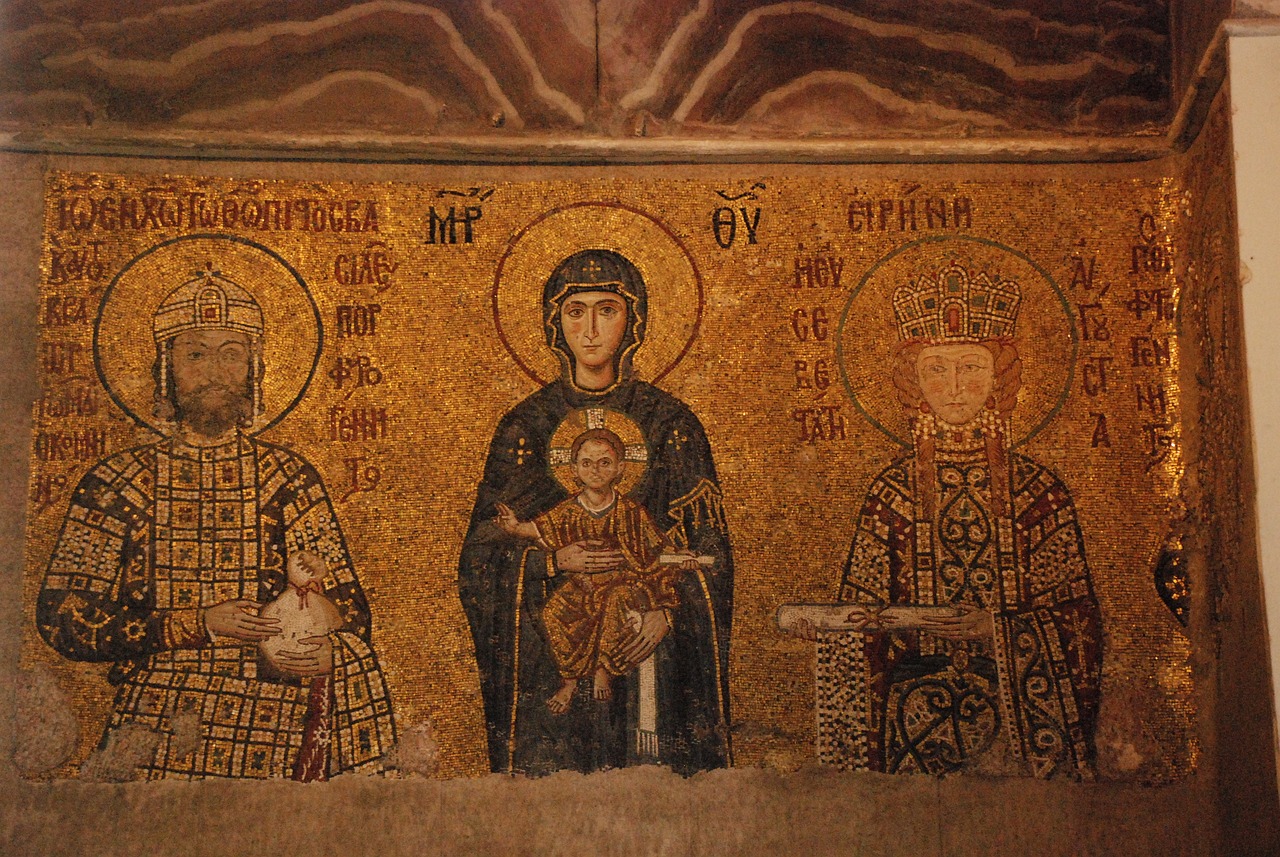
The exterior of Hagia Sophia was decorated with intricate mosaics and marble columns, adding to its grandeur. Inside, the walls were lined with marble panels and adorned with gold leaf and vibrant mosaics that depicted various religious scenes and figures. When consecrated in 537 AD, it became the world's largest cathedral, a title it held for nearly a millennium.
Today, Hagia Sophia stands not only as an architectural marvel of the Byzantine era but also as a potent symbol of the intersection of two major religions. Its history reflects the complex shifts in power and cultural exchanges between the East and West.
Hagia Sophia opening hours typically run from 9:00 to 17:00, although Hagia Sophia museum opening hours may vary. Hagia Sophia tickets are available with prices generally ranging from €31 to €36, with Hagia Sophia entrance fee included in various combo tickets that offer additional site access and skip-the-line options.
Hagia Sophia, known as Hagia Sophia Church in its earliest form and later as Hagia Sophia Mosque, is over 1500 years old. It was originally built as an Eastern Orthodox Cathedral under the name Greek Orthodox Cathedral of the Divine Wisdom, Hagia Sophia, during the Byzantine era.
Hagia Sophia is world-renowned for its massive Grand Central Dome and exquisite mosaics, symbolizing the confluence of Turkey’s historical shifts in power and the blend of Eastern and Western cultures.
Hagia Sophia is located in the historic Sultanahmet Square, close to the Blue Mosque in Istanbul, Turkey. The full address is Sultan Ahmet, Ayasofya Meydanı No:1, 34122 Fatih, İstanbul.
Hagia Sophia showcases Byzantine architectural style. It has evolved from an Orthodox Church to the San Sophia Mosque, then to the Hagia Sophia Museum, and back to a mosque, maintaining architectural elements from each phase. Its signature feature is the Grand Dome, soaring over 180 feet high.
Hagia Sophia tickets price generally range from €31 to €36. Combo tickets, which include access to additional attractions such as the Blue Mosque and Hagia Sophia, typically cost around €59 and offer cost savings.
Yes, Hagia Sophia offers guided tours that explore its minarets, mosaics, and historical artifacts. These tours often include skip-the-line access, allowing visitors to bypass long queues and enjoy a more in-depth experience with a knowledgeable historian. Hagia Sophia museum opening hours and Hagia Sophia prayer time may affect tour schedules, so it’s advisable to check in advance
Absolutely. Visiting Hagia Sophia is highly recommended due to its stunning representation of Byzantine architecture and its symbolic importance in Istanbul. It stands as a testament to the harmonious blend of Eastern and Western cultural influences, making it a must-see for anyone visiting the city. The entrance fee for Hagia Sophia is considered a valuable investment for experiencing this architectural marvel.
